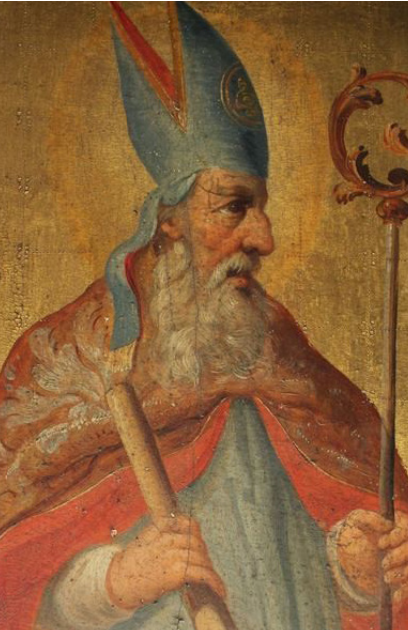SAINT ADALBERT
The Association presents parallel perspectives on the work and legacy of Saint Adalbert through the eyes of three historians: Mgr. Petr Bahník (*1967), PhDr. Radomír Malý (*1947) and Prof. PhDr. Petr Charvát, DrSc. (*1949). In addition, all three contributions reflect an earlier monograph by Prof. ThDr. PhDr. František Dvorník (*1893, †1975), Moravian priest and historian, incidentally the most important Czech Byzantologist, titled "Svatý Vojtěch", which he published in 1967 by the Christian Academy publishing house in Rome. All three current contributions about St. Adalbert are included in the publication "Saint Adalbert and the Central European Space", which the association published in its Patrimonium Sancti Adalberti edition in June 2021.

František Dvorník
Saint Adalbert
In Poland, Bohemia, Moravia, Silesia, Slovakia, and Hungary, Adalbert's name is again uttered with fervent hope. His life and
the centuries-long development of nations equally dear
to St. Adalbert show
that the only hope for their salvation is mutual support in the struggle
for
freedom and their close cooperation in the future. Let the legacy of St.
Adalbert, the patron saint of Czechs, Slovaks, Poles, Hungarians, and Prussians,
be a lesson and a warning
for us for the times to come!
May Saint Adalbert be our beacon safeguarding the future of the small nations of Central Europe, which, through misunderstanding of their own historical development and national resentment, have so often been at the mercy of their powerful neighbors.

Petr Bahník
Pax Christiana of St. Slavník
In
political science reflections intended for lay readers, various models of state
and international legal systems are often simplified and put in stark contrast
- such as democracy versus totalitarianism, absolutism versus
constitutionalism, or centralization versus decentralization. Although such
simplifications may serve as witty bon mots, they do not contribute
to
understanding the real processes and ideas; on the contrary, they obscure them.
The same approach may be also encountered in contemporary interpretations of
the idea of cooperation among European nations and the history of that idea.
Such interpretations usually merely reflect the attitude of a particular author
towards today's European Union. They either overlook
the enormous ideological and
fundamental differences and evaluate every historical attempt
at European
integration positively - from Charlemagne's coronation to Naumann's
Mitteleuropa - or, conversely, they vigorously reject any closer European
cooperation as a "tainted source"
and a parallel with Hitler's Third Reich.


Radomír Malý
Saint Adalbert - the common patron of Central European nations
Saint Adalbert is said to have been "the first Czech of European
significance". During
the communist era, this statement could often be heard
from Oto Mádr, the Czech Catholic theologian and long-time prisoner of the
communist regime, at underground seminars held
in private flats at that time.
It is now repeated as a mantra by intellectuals from both ecclesiastical and
secular circles. They would hold wrong anyone who would object to this designation
and claim that the second bishop of Prague was not the first Czech of European
significance. But the problem lies elsewhere. We need to ask: What kind of
Europe was it then - and what kind of Europe is it today?
Petr Charvát
The life and work of Saint Adalbert
As
far as we are aware, Adalbert, the son of Slavník, scholar, Bishop of Prague,
monk, missionary, martyr, and saint (956? - 23 April 997) was born in Libice,
the seat of his father Slavník. There have been long debates over which estates
the Slavník's sons held.
Today, it is generally believed that they had a small
estate in the eastern part of Central Bohemia, approximately in between the
Poděbrady and Čáslav districts. We do not know
the reasons for the prominent
social position of the Slavník's family, but what we do know
is that they were
culturally oriented towards the north-west and north of Europe. We are not able
to clearly interpret a note that Adalbert was somehow related to the Saxon
imperial family. That note can be found in a legend about two saints (St.
Wenceslas and St. Ludmila), which probably originated at the turn of the 10th
and 11th centuries and was recounted by Christian.

